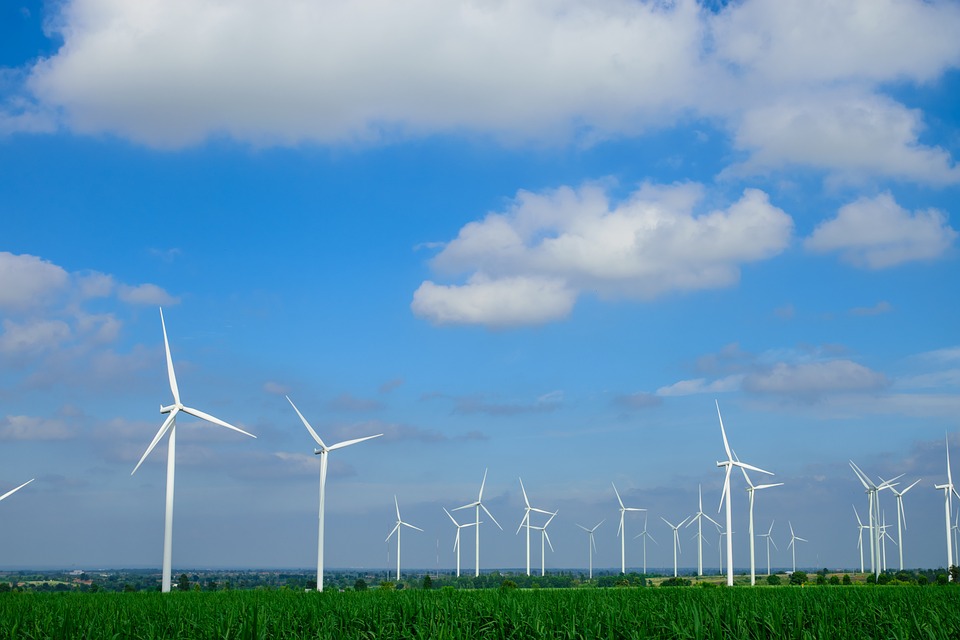What Is the Climate in Puerto Rico? A Guide to Weather Patterns in the Caribbean
Puerto Rico, an island in the northeastern Caribbean Sea, enjoys a tropical climate characterized by warm temperatures and distinct wet and dry seasons. Understanding its climate is crucial for tourism, agriculture, and disaster preparedness, especially given the island’s vulnerability to hurricanes.
General Climate Characteristics of Puerto Rico
Puerto Rico has a predominantly tropical rainforest climate, with average temperatures ranging from 75°F to 85°F (24°C to 29°C) throughout the year. The island experiences high humidity levels due to its geographical location and abundant rainfall, leading to minimal temperature variation across seasons. The northeastern trade winds help moderate temperatures but also contribute to significant rainfall, particularly on the northern coast[1][2][5].
Seasonal Weather Patterns
– Dry Season (December to April): This period features lower humidity and less rainfall, making it the peak tourist season. Temperatures are generally cooler, providing ideal conditions for outdoor activities.
– Rainy Season (May to November): Characterized by higher humidity and frequent rain showers, this season sees more consistent rainfall, especially in mountainous regions. Rain often falls in short bursts during the afternoons, allowing for sunny intervals[1][8].
Rainfall varies significantly across the island due to its topography; for instance, El Yunque National Forest receives about 180 inches (4,570 mm) annually, while drier areas like Ponce receive only about 36 inches (914 mm) per year[2][5].
Hurricane Season in Puerto Rico
Puerto Rico is situated in the Atlantic hurricane belt, with hurricane season running from June 1 to November 30. The peak months for hurricanes are typically August and September. The island has experienced devastating storms such as Hurricane Maria in 2017, which caused extensive damage and loss of life[3][10]. On average, Puerto Rico is affected by a tropical storm or hurricane approximately four times per year[3].
Regional Climate Variations Across Puerto Rico
– Coastal Areas: Generally warmer with slightly less rainfall compared to inland regions.
– Mountains (Central Cordillera): Cooler and wetter, with significant rainfall due to orographic lift as moist air rises over the mountains.
– Northern vs. Southern Coasts: The northern coast tends to be wetter due to prevailing winds bringing moisture from the ocean, while the southern coast is typically drier[1][2][5].
The Impact of Puerto Rico’s Climate on Daily Life and Agriculture
The tropical climate supports a variety of crops such as coffee, bananas, and sugarcane. Agriculture is closely tied to seasonal weather patterns; farmers must adapt their practices based on rainfall variability. Additionally, tourism flourishes during the dry season when visitors flock to enjoy outdoor activities amidst pleasant weather conditions[11].
Hurricane preparedness is crucial for residents due to the island’s vulnerability to storms. This includes building resilient infrastructure and developing community-based strategies for disaster response[12][13].
Effects of Climate Change on Puerto Rico
Puerto Rico faces significant challenges from climate change, including rising temperatures and sea levels. Increased frequency and intensity of hurricanes pose risks to both life and infrastructure. Recent studies indicate that average temperatures have risen over recent decades, exacerbating heat-related health issues and increasing energy demands for cooling[6][12].
Efforts toward climate resilience have gained momentum post-Hurricane Maria, with initiatives focusing on renewable energy adoption and sustainable agricultural practices aimed at reducing vulnerability to extreme weather events[7][11].
FAQs
– What is the best time of year to visit Puerto Rico? The dry season from December to April is ideal for tourism due to lower humidity and less rainfall.
– Does Puerto Rico experience seasonal changes? While temperatures remain warm year-round, there are distinct wet (May-November) and dry (December-April) seasons.
– How does Puerto Rico prepare for hurricane season? Residents engage in disaster preparedness planning that includes securing homes and developing community response strategies.
– Why is the southern coast of Puerto Rico drier than the northern coast? The trade winds bring moisture primarily to the northern coast; thus, southern areas experience a rain shadow effect.
– What crops are best suited to Puerto Rico’s tropical climate? Tropical crops such as coffee, bananas, sugarcane, and various fruits thrive in this environment.
– Is climate change impacting Puerto Rico’s weather patterns? Yes, rising temperatures and sea levels are altering precipitation patterns and increasing hurricane intensity.
Conclusion
Puerto Rico’s tropical climate features warm temperatures year-round with distinct rainy and dry seasons that significantly influence agriculture and tourism. Understanding these patterns is essential for effective disaster preparedness and fostering resilience against climate change impacts. As Puerto Rico continues adapting to its climatic challenges, community-driven initiatives play a vital role in ensuring a sustainable future for its residents.

Kyle Whyte is a notable scholar and professor at the University of Michigan, holding positions such as the George Willis Pack Professor in the School for Environment and Sustainability and Professor of Philosophy. Specializing in environmental justice, his work critically examines climate policy and Indigenous peoples’ ethics, emphasizing the nexus between cooperative scientific endeavors and Indigenous justice. As an enrolled Citizen Potawatomi Nation member, he brings a vital perspective to his roles as a U.S. Science Envoy and member of the White House Environmental Justice Advisory Council. His influential research is supported by various prestigious organizations including the National Science Foundation, and disseminated through publications in high-impact journals. Kyle actively contributes to global Indigenous research methodologies and education, with affiliations to numerous institutes and societies dedicated to traditional knowledge and sustainability. Recognized for his academic and community engagement, Kyle has earned multiple awards and served in various visiting professorships. His efforts extend to leadership positions on boards and committees focused on environmental justice nationwide.
